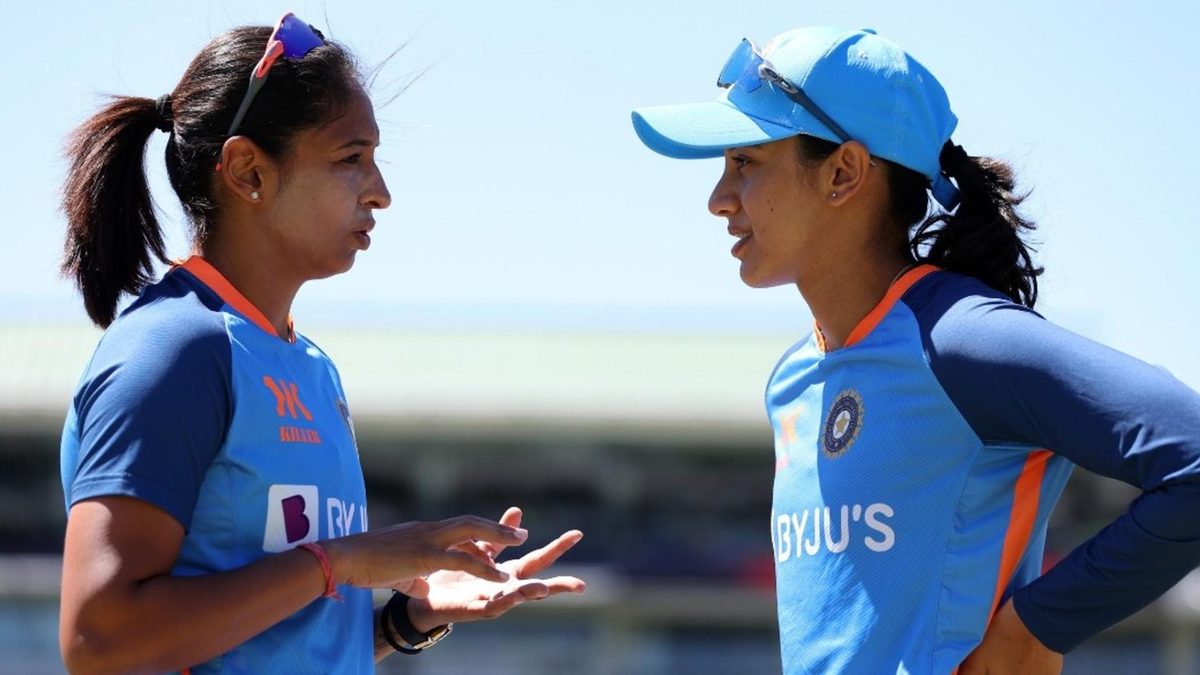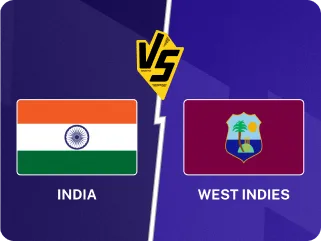
India will host the 2025 Women’s ODI World Cup, but the choice of venues and scheduling leaves questions over whether the team will truly enjoy the comforts of home.
As a cricket-lover, you open your laptop to book tickets for the Women’s ODI World Cup, scheduled for September next month. Nearly 45 days away.
You search for the match tickets. You search again. And again. There is only disappointment. The ticket sales have not even gone live yet. Resigned, you decide to at least check flight prices to the venues where India are scheduled to play in the country: Guwahati, Visakhapatnam, and Indore, for now. With the tournament set right in the middle of the festive season, there is that familiar fear: if the ticketing process ends up as chaotic as during the men’s ODI World Cup in 2023, there is no guarantee you will secure a seat in the stands. Yet the more you wait, the more you will have to shell out, as fares at this time of year have a habit of spiking overnight. Blink, and it’s through the roof. Amid all this, it's hard not to wonder how these particular cities were chosen for the competition...
India have never played an ODI in Guwahati or Indore. Visakhapatnam last staged a women’s ODI in 2014, much before the women’s game began to see the surge in popularity it enjoys today. There is also a fourth venue in the mix: Bengaluru. The M Chinnaswamy Stadium was set to host the final (provided Pakistan did not qualify), a shift away from earlier reports of Mullanpur being in the running, a ground whose distance from the city centre made it inconvenient for players, journalists, and fans alike. But now, with Chinnaswamy under scrutiny after the stampede during RCB’s victory parade earlier this year, reports suggest those matches could be moved to Thiruvananthapuram. Yet another city that has never hosted a women’s ODI.
The immediate question is: Why? Where is the planning? Where is the home advantage in this?
In the last five years, India have played ODIs at Rajkot, Vadodara, Ahmedabad, Bengaluru, Mumbai, and Lucknow. These are familiar grounds and familiar pitches in cities where the crowds have shown up repeatedly and cheered loudly. Why not host the World Cup in these venues? If the reason for bypassing them is the men’s T20 World Cup next year, then the message is loud and clear - the priorities lie elsewhere. And if that’s the case, why were the Indian women’s team not given matches at the World Cup venues beforehand to prepare? The scheduling logic fails to make sense.
It is not just about logistics. During the Women’s Premier League last year, Jemimah Rodrigues, playing in New Delhi for the first time in her professional career, spoke about the challenge of adapting to a slower, lower pitch, where she has rarely played. The stakes will be far higher at a World Cup, where every run and every point counts towards keeping semi-final hopes alive, and where the difference between qualification and elimination can be decided by a single game.
There will be no room to ease in and no chance to adapt, with no warm-up game scheduled in Guwahati, Visakhapatnam, or Indore, the venues hosting four of India’s seven group games. If Thiruvananthapuram replaces Bengaluru, the number of games played in the unknown will rise to six. The seventh match will be played at a pre-decided neutral venue, Colombo, against Pakistan.
Without prior feel of the conditions, India loses the inherent advantage of a home tournament. Every match becomes a lesson in adaptation, which is not a position any team wants to be in on the sport’s biggest stage. The benefit of knowing your backyard is nullified if you are handed the keys to a stranger’s house instead.
The issue extends beyond the wickets. There is no guarantee of packed stands in cities with limited exposure to women’s cricket. True, Vadodara drew large crowds when the WPL visited this year, and taking the sport to a city starved of it can sometimes pay off, but banking on that outcome is a gamble, not a plan. The point is also not whether India's games will attract supporters - they most likely will - but whether non-India matches will have the same atmosphere. A World Cup should not feel like a concert where the crowd only turns up for the headliner.
Advertising for the event has also been minimal; the buzz barely a hum. The build-up feels like an afterthought, which means, as so often before, the responsibility of making the tournament a success will fall squarely on the players and the fans. It is a role both have embraced before, with the electric atmosphere in Mumbai during the India-Australia series in 2022 being credited by many as sparking the idea of the WPL being a possible success. But there is a point beyond which the crowd’s energy can no longer make up for administrative missteps.
Currently, the World Cup feels like an afterthought and stripped of its full potential: in the venues it should have visited, the preparation it deserved, and the atmosphere it ought to command. The fact that the schedule for the 2026 Women’s T20 World Cup in England is already out, almost a year in advance, only makes the disarray harder to justify. The Indian women’s team, but also more broadly, women's cricket, deserves better.
Follow Wisden for all cricket updates, including live scores, match stats, quizzes and more. Stay up to date with the latest cricket news, player updates, team standings, match highlights, video analysis and live match odds.








